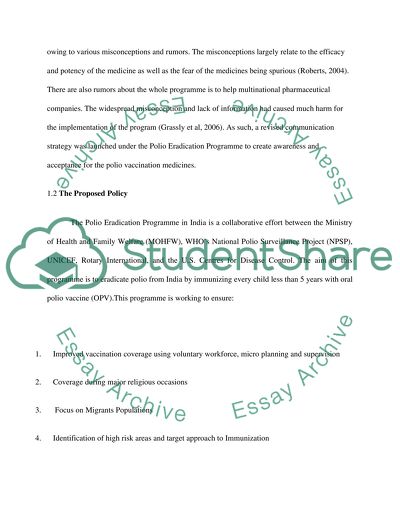Cite this document
(“Health sciences and medicine Research Paper: Eradication of polio in Paper”, n.d.)
Retrieved de https://studentshare.org/health-sciences-medicine/1391906-health-sciences-and-medicine-research-paper-eradication-of-polio-in-india
Retrieved de https://studentshare.org/health-sciences-medicine/1391906-health-sciences-and-medicine-research-paper-eradication-of-polio-in-india
(Health Sciences and Medicine Research Paper: Eradication of Polio in Paper)
https://studentshare.org/health-sciences-medicine/1391906-health-sciences-and-medicine-research-paper-eradication-of-polio-in-india.
https://studentshare.org/health-sciences-medicine/1391906-health-sciences-and-medicine-research-paper-eradication-of-polio-in-india.
“Health Sciences and Medicine Research Paper: Eradication of Polio in Paper”, n.d. https://studentshare.org/health-sciences-medicine/1391906-health-sciences-and-medicine-research-paper-eradication-of-polio-in-india.


